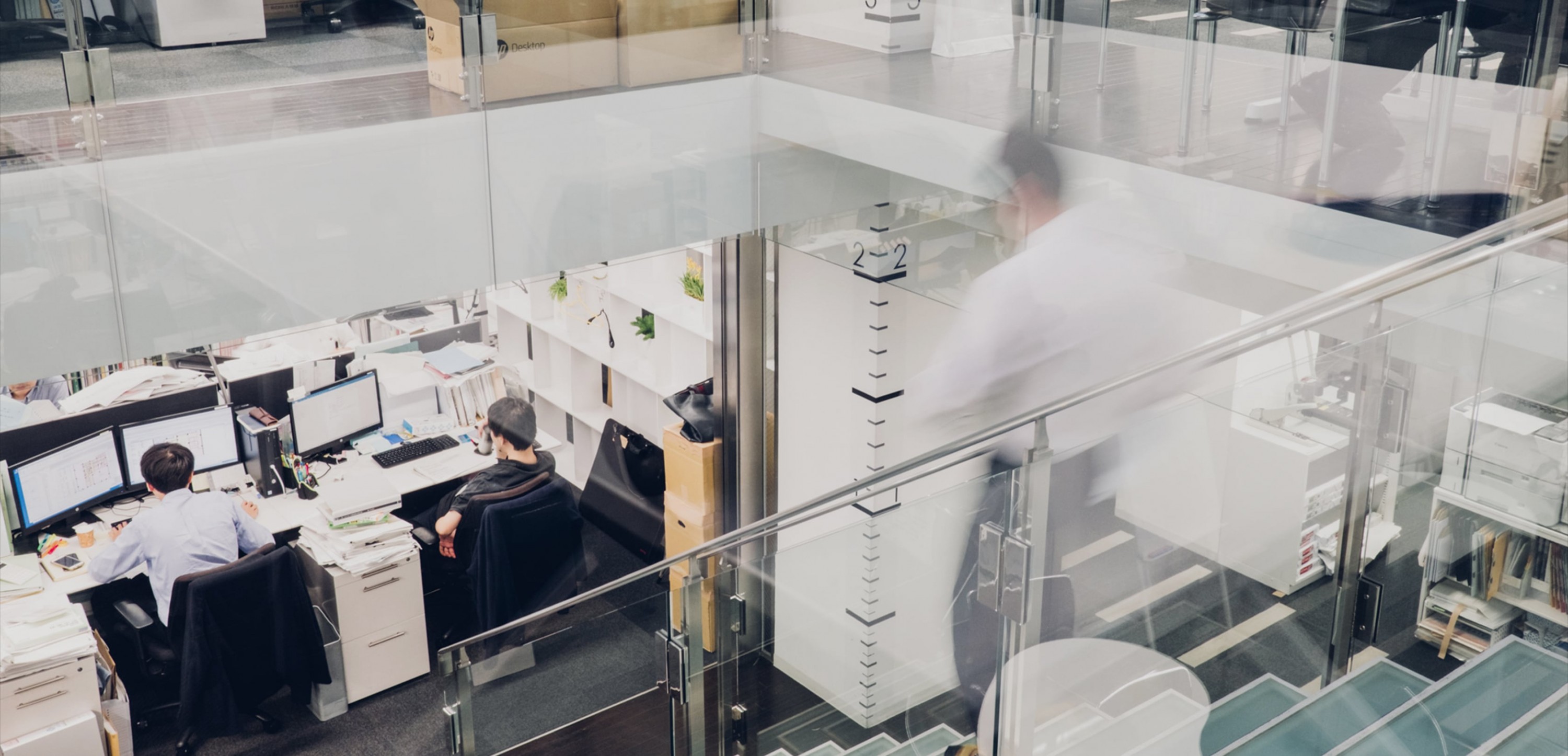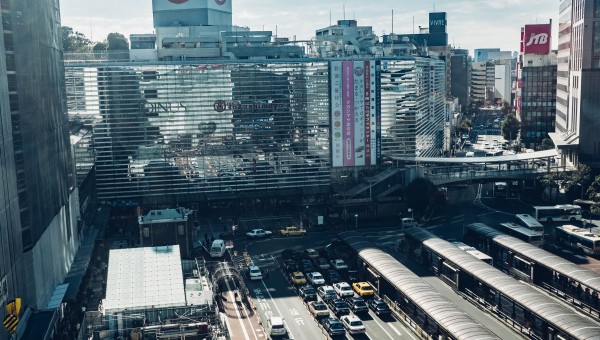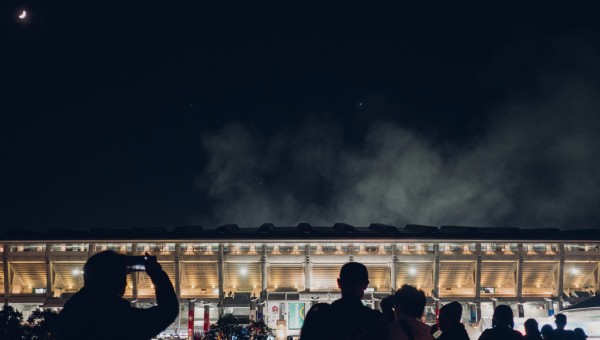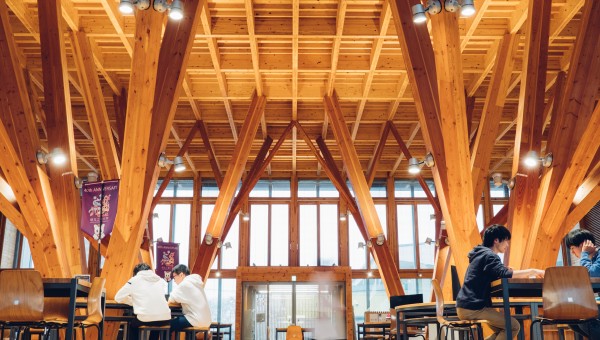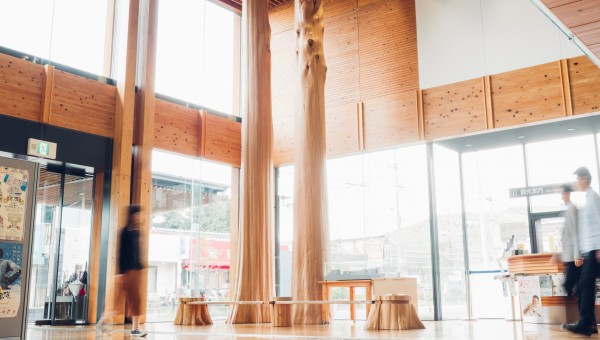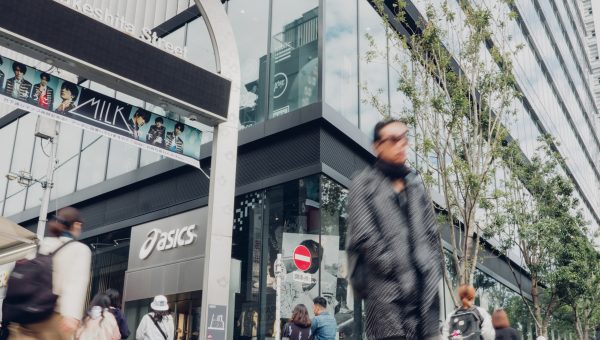Environmentally-aware design(ZEB)
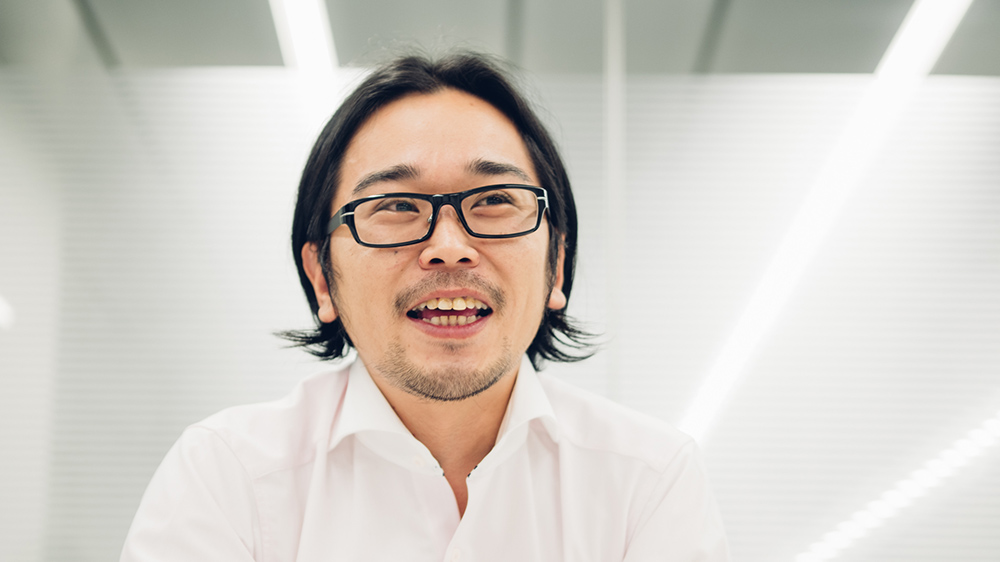
- The ultimate in eco architecture, and the result of numerous advances in low-energy technology.
-
ZEB is an acronym that refers to Net Zero Energy Building. This applies to buildings which achieve low energy output through use of eco- and people-friendly technology and equipment. Achieving ZEB certification requires that the energy produced on-site meets or exceeds the energy consumed. Buildings that meet this goal up to 75% are classed as Nearly ZEB, and those that meet it up to 50% are classed as ZEB Ready, while those meeting it to 100% are fully ZEB. The town hall in Kaisei that we are working on is a Nearly ZEB facility.
Since it is visited by many people, the temperature is constantly fluctuating. This made it a challenging project, but we reached our goal through the use of different techniques. One solution we adopted was drawing underground water into tanks in the main area of the building and heating or cooling it through geothermal energy, then circulating this water around the walls to regulate ambient temperature. This allowed for a major cost savings over using a circulated air system.
This town hall was not only the first government office to achieve ZEB certification in Japan, but it was our firm’s first ZEB project, and represents one where we brought all of our knowledge of environmentally-friendly technology to bear. Not only did our team members avail themselves of their expertise, but the Far & Fine Center, where I also work, was disposed to share some additional insights with us. This collaboration went beyond just the workplace. We also got advice from the Shinichi Tanabe lab at Waseda University. They advised on all aspects of ZEB and ran simulations. Meanwhile, the Hikaru Kobayashi lab at Tohoku University advised on an Anidolic Daylight System (ADS), which makes use of mirrored surfaces to reflect daylight within the space. It goes without saying that new knowledge and technology are a necessary asset in this field. Achieving ZEB on our latest projects was truly owed to our ability to bring so much different expertise to bear.
Environmental design groupAkihiro Usuki
Electrical design(lighting planning)
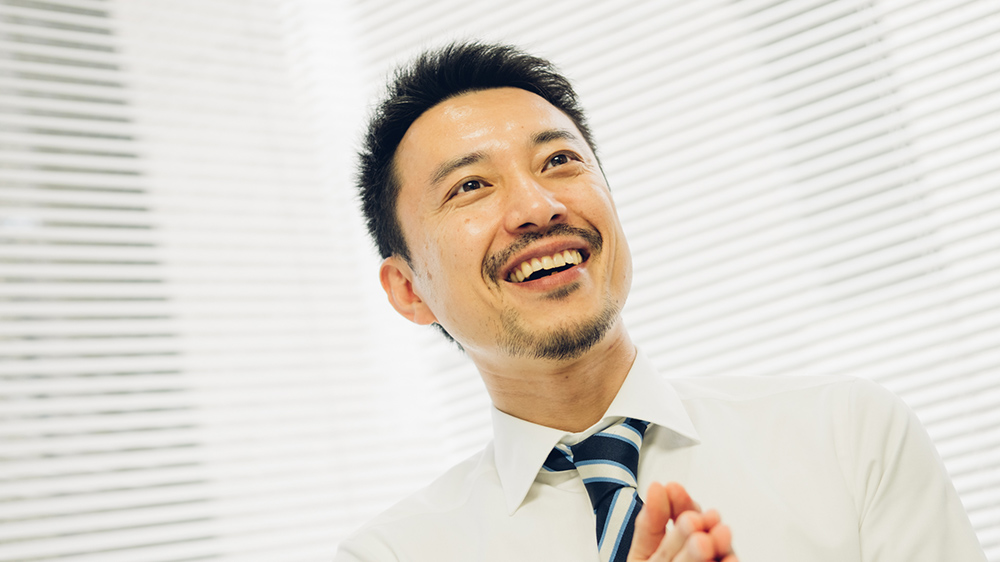
- We breathe life into all sorts of buildings.
-
Even the most outstanding building is just a dark box without proper lighting. The electrical design team is responsible for the overall control of lighting fixtures throughout a building, which play a vital role as a lifeline. Of utmost importance is maintaining stable power for 24 hours a day, 365 days a year. For hospitals and data centers, it is not just about power outages; even slight voltage dips can be life-threatening. We build robust plans through the combined use of UPS and generators to ensure total resilience in the face of unforeseen events. This role puts a lot of responsibility on one’s shoulders, but it is very rewarding.
Electrical designers may seem to be unsung heroes, but we often engage with the more visual aspects of a building. For example, that might include lighting fixtures designed to decorate a piece of architecture. Our forte is projects like the Nissan Stadium in Yokohama, which needs dedicated lighting facilities for night games. Sites like this one require a global standard of lighting that complies with the regulations set forth by the Olympic Broadcasting Services. For an engineer, there are few jobs as rewarding as ones like these. Others include the Boat Race Shimonoseki grounds and the Boat Race Omura, which also have night games. This is a high-level style of work which requires factoring in reflections off the water. We used 3D models to simulate the lighting and then piloted drones over the area to check light conditions. We then had the athletes run trial races, finally having lighting artisans adjust the last touches by hand.
Incorporating everything from cutting-edge technology to artisan lighting skills, electrical design at MHS runs the gamut of knowledge and abilities needed. You will be required to continuously learn more, but if you are someone who thrives on intellectual curiosity and trying new things, you will find no workplace more satisfying.
Environmental design groupMunetoshi Hayashi
Computational design
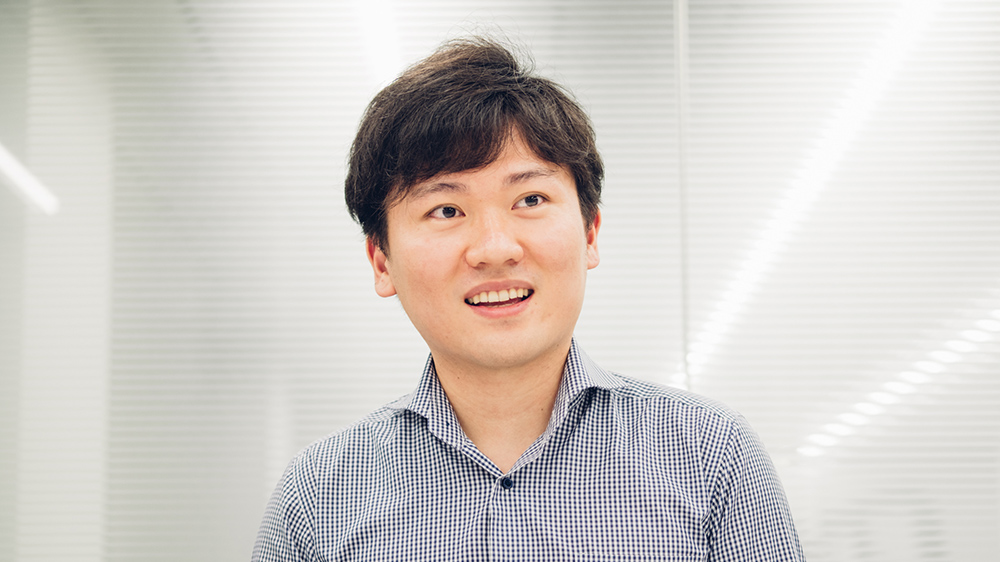
- Since this is a new and emerging field, it is pregnant with possibility.
-
Computational design is a new form of technology in which computer programs are used to rapidly run calculations and simulations in order to assess what might be the ideal spatial design or layout, or what materials are needed. One context in which we used this was a movie theater. We computed what the optimal number of tiers for seats in the theater would be to provide the best experience for all users. Another was a project for a fitness facility in which components of the same shape needed to be joined together to create a larger whole. Computational design was used to ascertain what the best shape to use here was.
The use of computers is nothing new; traditionally, you would first make a rough draft by hand, then clean it up in CAD. This is an entirely different approach to that that is data-driven. First, we create an underlying program. Then, even if the parameters happen to change, we can still derive the best result. What used to take laborious time by hand can now be freed up by computational power. This allows designers to devote more time to creative labors.
Computational design is only just developing and will continue to grow. To put it differently, those taking an interest in the field now may become frontrunners in the future. The more computational design is incorporated in different projects, the more it will drive the development of the technology. In that sense, since MHS is very collegial and open to communication, we have a great advantage. We want to become global leaders in adopting this technology and bringing it to the world.
Technical Design CenterTadashi Kikuno
